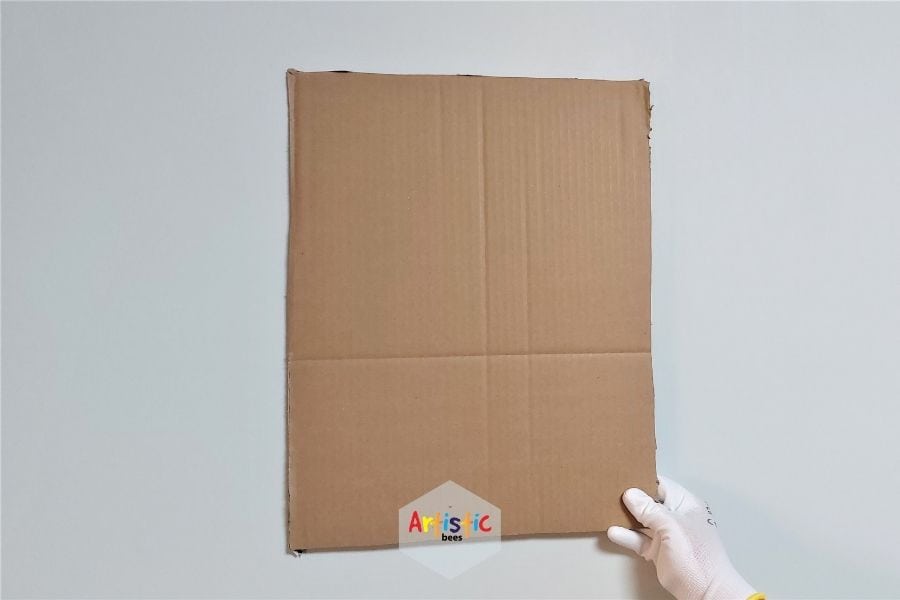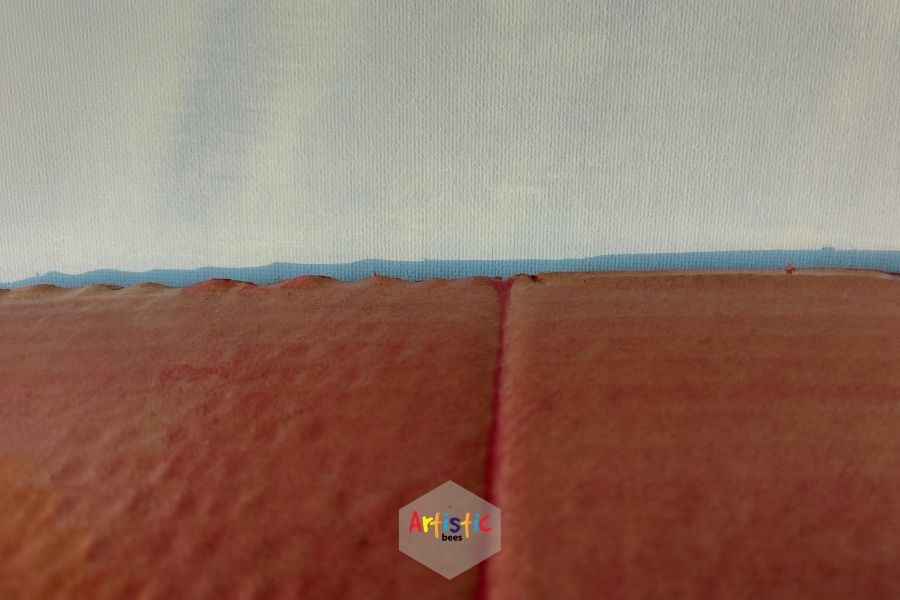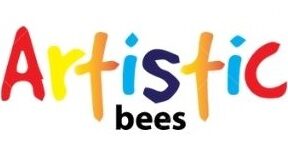Whether for your kids’ school art projects or to give wings to your inner Picasso, painting on cardboard is never a bad idea. But the board can warp halfway through the process. And the colors can look dull if you use the wrong methods. So to save up your time and effort, let’s find out how to paint cardboard properly.
Using heavy body acrylic or oil paints is one of the best ways to turn dull cardboard into a vivid piece of art. The consistency of these paints mitigates the chance of warping the board. Spray painting is another quick and convenient method to paint the board.

Using the right paint is not the only step to follow. You need to understand how to prevent warping and make the color more durable for a better result. So to help you out with that, this article includes some dos and don’ts about cardboard painting as well.
Which Paints To Choose For Cardboard Painting?
If you are up for rich monochromatic color, solvent-based enamel paints are good to go. But do remember that, it is much more durable than others. So it is not easy to correct any mistake while painting a sign or piece of art. If you want to paint the board with a detailed design, this paint is not a good choice.
Using watercolor is a big no for me. The poor cardboard cannot withstand the moisture this paint holds. It will warp the board in a jiffy and strain it with water patches. Also, it is difficult to blend this color on cardboard.

Acrylics are the best choice if you want to keep the painted cardboard as it is for a longer time. Also, they are cheaper than any other paint. You can use oil paints instead. But they are too expensive.
Spray paint is quick to use. So when you are in a hurry to finish any fun craft projects, this can save the day. Because it takes 15 minutes to dry.
The Best Ways To Paint Cardboard
Cardboard is such a good alternative to canvas. And painting on it costs you little to nothing. So, to give your board a colorful makeover, choose any of the methods described below!
- Painting With Acrylic or Oil Paint
- Spray Painting
- Painting with Acrylic or Oil Paint
Painting With Acrylic Or Oil Paint
This method requires a little bit of effort, but it will give you the most vivid cardboard. Get yourself some acrylic or oil paint tubes, two paint brushes or sponges, sandpaper, and gesso. Now follow these steps
Step 1: Prime the Cardboard
Priming the cardboard with gesso primer is really necessary to mitigate the possibility of warping the board. Also, it helps the paint to stick to the board properly and look vibrant. Gesso is easily available at stores.
Take a flat paintbrush and apply a dollop of gesso on it. Then use vertical long strokes in an up and down motion to paint the board with thin layers of primer. Leave it to dry for 24 hours. But if it’s for an instant project, drying for 2-3 hours will also do.
For the best result, add another coat of gesso after the first coating looks dry enough. And leave the second coat to dry as well.
Step 2: Sand the Board
Priming sometimes leaves an uneven rough surface which is not suitable for the paint to stick to the board. So to make the surface smooth like butter, use sandpaper to rub the board.
Rub back and forth for a minute or so. Each stroke will remove the bumps. But don’t rub too harshly, otherwise, the coating will come off.
Step 3: Coat the Board with Paint
Apply a dollop of your preferred acrylic, enamel, or oil paint onto the brush or sponge, and coat the board with thin layers. Use vertical strokes to get the best result. Remember, a thin layer is a must so that the moisture can evaporate.
Leave the first layer to dry for 2 hours. Then add a second coat of color. And paint in the opposite direction of your first coat. It will ensure the layers leave no bumps. Continue to add several coatings until the paints look even and solid.
If you want to change colors for a landscape scene or any design, you should thoroughly wash and dry your brush.
Spray Painting
When a paintbrush is not available, go for this method. Also, priming is not really necessary here, but you can still do it. You will need spray paint, a face mask, gloves, and a large (newspaper) paper sheet to follow the steps.
Step 1: Place a Paper and Shake the Bottle
I must say that spray paint strain is a long-lasting friend. To remove it from the floor or any hard surface is quite tricky. There is no need to invite that headache if you place a large piece of paper under the board.
Wear gloves and a mask because spray paint fumes are not good for your skin. Then shake the spray paint for 3 minutes so that the pigments can combine and come out vivid. Shaking also ensures that the paint flows easily.
Step 2: Lightly Spray
Do not hold the can too close to the card and spray. Otherwise, it will cause the board to warp. Instead, hold it 12 inches away from the board. And spray from left to right, or up to down, for 3 minutes straight. Allow the layer to dry for 2 hours.
Now add another layer so that the color does not come across as flat. Let it dry for 2 more hours. If you want, you can place some leaves on the board and then spray them. It will create a beautiful leaf symbol on the board.
Ways To Prevent The Paint From Warping The Board
Cardboard is prone to warping because of its porous surface. So while painting it with water-based or oil-based paints, you need to follow some Do’s and Don’ts to prevent the board from getting wrinkles or curling effects.
You might think that coating the cardboard with a double layer of primer is enough to prevent the wrinkle. But if you do not wait for the first layer to dry fully, the second layer will be of no use. So, wait for several hours to a day before applying another thin layer of primer. It will ensure your board does not warp easily.
You should not dip the paint brushes or sponges in the water while painting. I understand that a dry brush can give you a headache. But I have a hack for it. Just bend the brush or sponge gently and twist the bristles. It will make them less stiff to paint without dipping.
When life gives you acrylic tubes, do not squeeze them on the board; they are not lemons, eh! Otherwise, the dollop of paint will hold excessive moisture. And it will cause the board to warp.
If you have spare cardboard, I suggest you use two layers of them to paint.
And only use adhesive or polymer glue to stick the layers perpendicularly. Please remember that PVA glue and polymer glue are somewhat similar. But through PVA, paint moisture can seep through and gradually bend the layers. So watch out for which glue you are using.
Never paint on cardboard that is kept in a humid, cool, or damp place. Because no matter how many hacks you try to pull on them, they are likely to warp. So pull out some cardboard that is lying around in a dry place. They tend to withstand moisture well.
Sometimes it seems that no matter what you do, problems will get in the way somehow. So when your board starts to warp even after pulling off some tricks, try out a fix. Before or after painting, place it on a flat surface where the curdled side is facing up. And weigh it down with a sheet of plywood and books. Leave it for two days and it will straighten the wrinkles.
Conclusion
Cardboard is such a cheap and convenient medium to brush up your painting skills. But warping is the culprit that holds people back from experimenting with it.
But now that you know how to paint cardboard without warping it, grab some colors and channel your inner artist. Thank you for reading. I wish you all the best.



